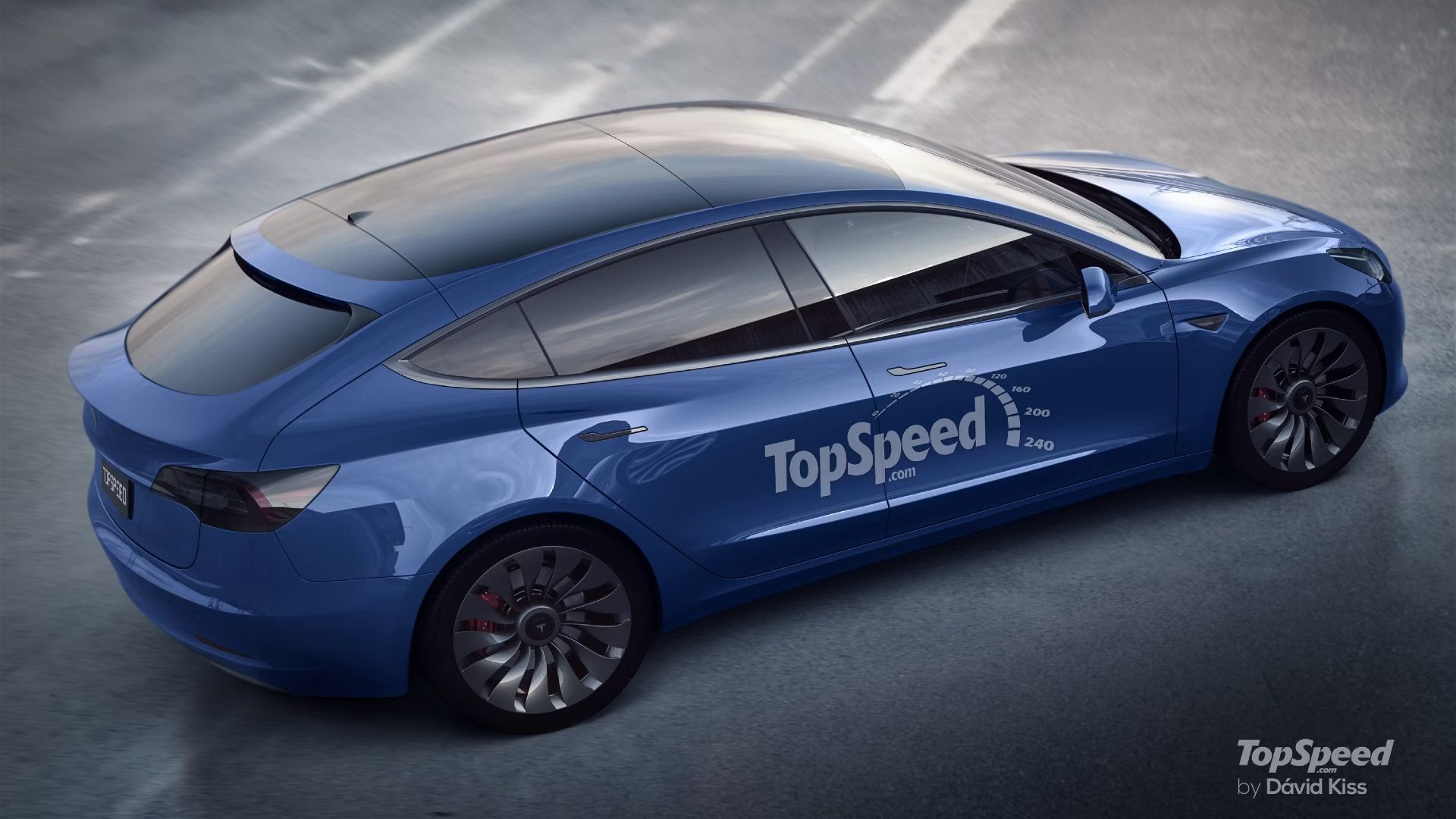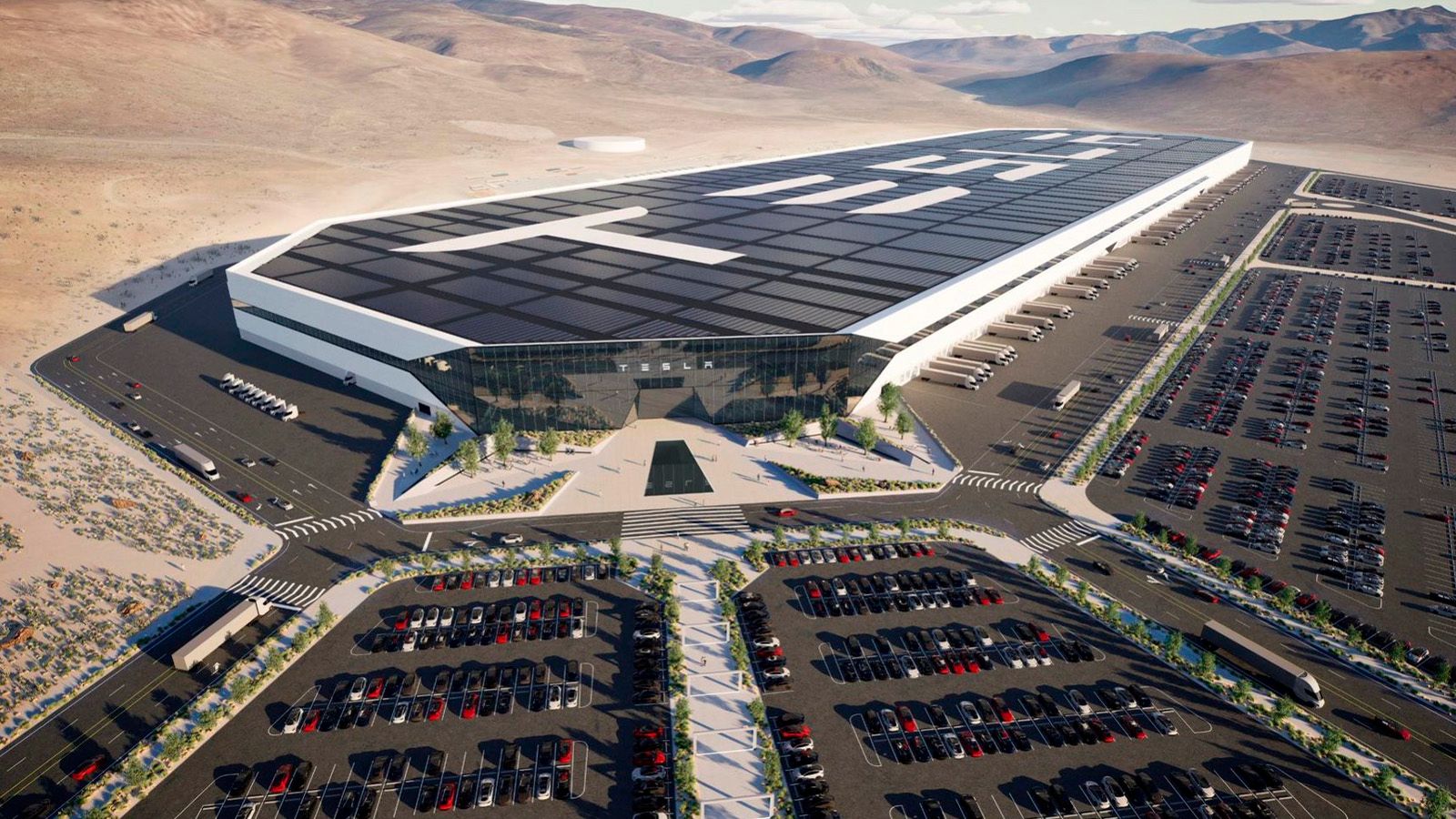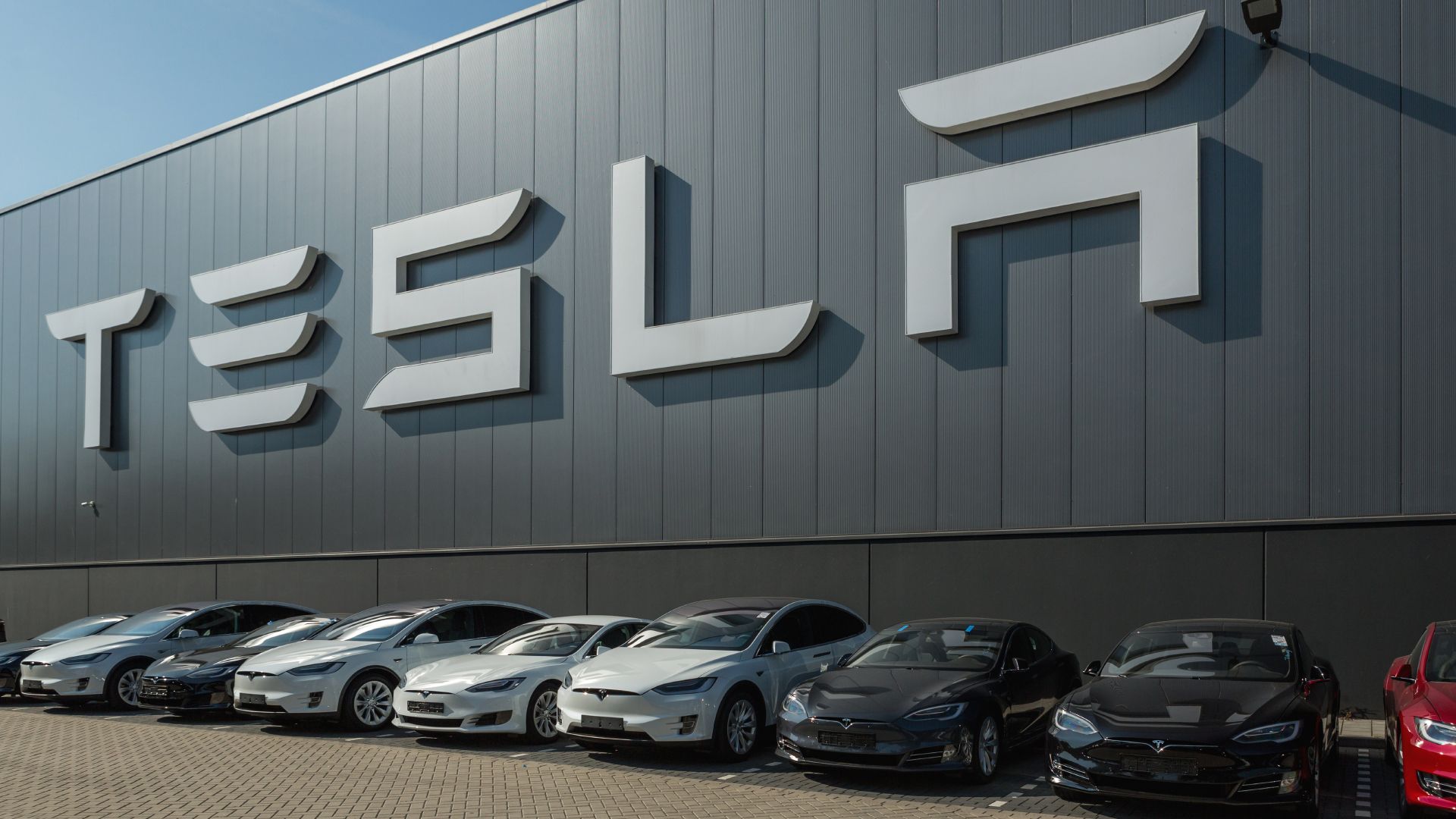Summary
- Tesla plans to release a budget-friendly Model 2 with an entry price of $25,000, targeting the underserved market in the $25,000-$30,000 range for electric vehicles.
- The Model 2 might come in a hatchback design, directly competing with the Chevy Bolt EV and potentially the Chevy Equinox EV and Fisker Pear if it is an SUV.
- The Model 2 is expected to be manufactured in different Gigafactories worldwide, including Mexico, Berlin, and Shanghai, to cater to different markets and achieve significant production numbers.
Are you tempted to buy a brand-new Tesla, but not necessarily willing to spend a minimum of $35,000 on it Well, things might soon change for the better within the next couple of years or so. In 2018, rumors of a more budget friendly Tesla began to surface. The internet soon gained interest, and nicknamed it the Model 2. Then, during an annual shareholder meeting in 2021, Elon Musk was quoted saying " Model 2 is not a car. There's no Model 2." Surely, the CEO and co-founder were merely talking about the name. Until Tesla is kind enough to offer a substitute, we'll keep on calling it Model 2. On November 14, 2022, during the B20 Summit Indonesia, Elon admitted to being keen on making an economical Tesla. While we do not have an exact name for the Model 2, Q, C, or whatever the internet likes to call it, we do have clear indications on the pricing.
During the 2020 Annual Shareholder Meeting and Battery Day, the EV pioneer confirmed its plans to release a $25,000 entry model. The low price tag serves a strategic purpose, as it attacks the budget-friendly spectrum of the market, which hasn't yet been fully exploited by Tesla, or anyone for that matter. Currently, there are barely any EVs in the $25,000-$30,000 bracket before incentives. The decision to act on that scarcity now makes sense more than ever, as Tesla has made significant advancements in terms of speedy manufacturing and efficient battery technology.
A Brand New Design Or A Smaller Model Y?
The alleged spy shots which surfaced on Chinese portals in January 2023 indicate that the Model 2 might come in a hatchback frame. The camouflaged vehicle appeared to have a compact body, with a relatively shorter wheelbase. With a hatchback styling and an MSRP below $30,000, the Model 2 would directly compete with a select few competitors. Namely, the first candidate that stands out is the returning Chevy Bolt EV. Although it was meant to be discontinued by the end of this year, it now appears that the flagship Chevy Bolt will be making a comeback this year. While the Bolt offers 250 miles of range and decent specs and comfort for only $27,000, it has unfortunately been tainted by a negative track record of poor reliability. The Model 2 on the other hand would enter the market with a blank slate, and a prestigious T logo that holds significantly more weight in the EV world.
While an SUV styling is unlikely, it would still totally make sense, as it is the best-selling category in the US nowadays. In that case, the Model 2 would compete directly with the Chevy Equinox EV, which would prove to be a tougher opponent. The Equinox offers over 300 miles of range for roughly $30,000. Another potential rival is also the Fisker Pear, which is set to be introduced within the next two years. The latter boasts a final MSRP of $22,500, as it is eligible for the $7,500 tax credit. We also saw hints of what appeared to be the Tesla Model 2 at the 2023 Annual Shareholder Meeting, held on March 16. Despite the low contrast, we could clearly see a relatively compact frame, reminiscent of the Model Y, but with smaller proportions.
Inside, the Model 2 should feature a sober cabin, dominated by a 15-inch touchscreen, and possibly no gauge cluster, as is customary with the brand. The Autopilot, should also be made available with a semi-autonomous driving system. For an extra fee, consumers might get optional features such as:
- Ambient LED lights
- Ventilated seats
- A 4-D high-resolution radar system
- Heated Steering Wheel
The Model 2 Could Be Manufactured In China
There is a lot of doubt and speculation about the manufacturing of the Tesla Model 2. During Tesla’s Q3 2022 earnings conference call, Elon Musk made some rather grandiose claims regarding the production numbers of the Model 2: “It will, I think, swiftly become, like shortly, exceed the production of all our other vehicles combined.” According to a report released by 36 Krypton on April 4, 2023, Tesla is planning a yearly production rate of 4 million units for the entry-level EV. The number is nothing short of staggering, and a huge leap from the current norm. In 2022, Tesla sold 1.31 million EVs worldwide across its entire panoply, which represented a 40-percent increase YoY. We would therefore recommend mixing these rumors with a healthy dose of skepticism.
However, it would only make sense for Tesla to unleash the Model 2 on a large scale, as it has enough potential, on paper at least, to match the commercial success of the Model Y. To accommodate such plans, the Model 2 should be manufactured in different Gigafactories around the globe, in order to supply different markets.
The Giga Mexico Factory located in Santa Catarina (Nuevo León), Mexico should service the North American market. Similarly, European consumers would likely get their $25,000 EV from the Berlin-Brandenburg Gigafactory. The Austin-based EV maker now wants to turn its German factory into the largest car plant in Europe, with a production rate of 1 million EVs per year and 100-gigawatt hours of batteries. We've also heard rumors about a potential Gigafactory in Valencia, Spain, which now seems out of the equation. Tesla has reportedly terminated all negotiations with the regional government of Valencia over a matter of leaked information.
As for the Asian market, the EV company would likely resort to its Shanghai-based Gigafactory, which produces over half of its global deliveries. Although we don't have a release date for the Model 2, we assume it will likely be made available to consumers in 2025, before the budget-friendly market gets populated. Production should reasonably start in 2024, likely around the first quarter.
It Will Most Likely Be Powered By LFP Batteries
It's nice to think that the Model 2 could feature Tesla's new 4680 batteries. The innovative format touts five times more energy, six times more power, and around 16 percent of increased range, coupled with significant weight reduction. So far, the 4680 batteries have only been implemented on the $49,990 Model Y AWD, from the Texas Gigafactory. However, the company limited the range of the latter to 270 miles, to avoid burying the pricier long range version. Similarly, Tesla might avoid utilizing 4680 batteries altogether on the Model 2 to avoid burying the more expensive Model 3, which has already been losing some of its prestige. Instead, the affordable Tesla might rely on LFP chemistry, which further reinforces this hypothesis.
Towards the end of the Q2 2021 earnings conference call, Musk insinuated that the company may not resort to the 4680 format for the smaller models. “I see us sort of like consolidating around a 4680 nickel-based structural pack for long-range vehicles. And then not necessarily a 4680 format, but some other format for iron-based cells.”
It's highly unlikely that Tesla's cheapest offering will be a long-range model, considering how even the pricier products can offer less than 300 miles. Instead, the Model 2 will likely provide around 250 miles of range on a full charge. As for performance, we can expect the compact EV to have a top speed of at least 125 mph, with a 0 to 60 mph time of possibly six seconds to maybe four seconds on the most powerful variant. In light of the latest news, we can expect the Model 2 to include the M3P batteries for optimized efficiency. Produced by Chinese manufacturer CATL, the M3P batteries boast 15 percent more energy density than other LFP counterparts. The main or sole beneficiary of the M3P technology would most likely be the China-made Model 2.



